Ferry Birds – January to May 2015
Posted on June 1st, 2015
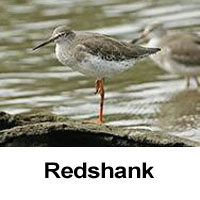

The usual change over from wintering to summer birds is progressing quite slowly this year. It may be related to the very changeable weather but things have started. The redshanks have left West Bay and the red-breasted merganser have also disappeared from the sea between Port Laing and Cruickness Point.
The latter didn’t seem to be able to make up their collective minds about flying north and west with 15 there on the 23rd of February and about 35 present on the 7th of April. In between it was often difficult to find more than maybe half a dozen scattered around.
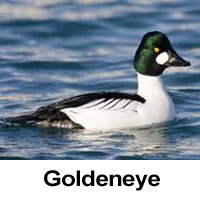
The goldeneye which favoured Inverkeithing Inner Bay have also left for their breeding grounds to the north and west.

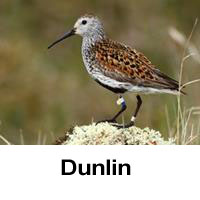
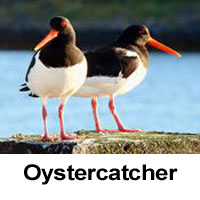
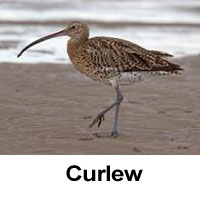
Between 35 and 45 redshanks wintered in the West Bay and were joined by a few dunlin as well as the resident oystercatchers and a few curlew, but I was unable to find any redshanks in West Bay at the end of April.
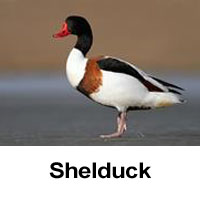
The shelduck in West Bay are down to 2 from the peak of about 8 but even these can disappear without warning.
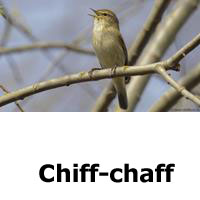
The first summer visitor to appear was the chiffchaff. The first I heard was at the north end of Port Laing on the 17th of March. They were soon singing in many places and when I walked along the coastal path on the 7th of April I heard them in 7 different places between the village and Jamestown. I suppose it could have been the same individual taking the mickey and following me along the path but probably not.
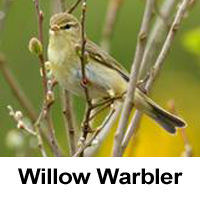
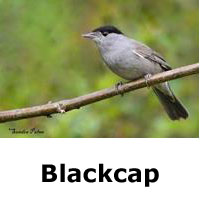
Some of the other warblers which come from Africa to breed here have also made their presence obvious by singing from the trees in the village and along the coastal path. These include willow warblers and blackcaps which are now scattered around the peninsula in good numbers.
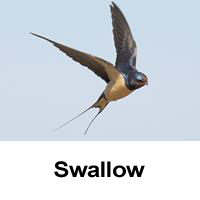
My first swallow in the village was on the 8th May above the station although I had seen them elsewhere before that.

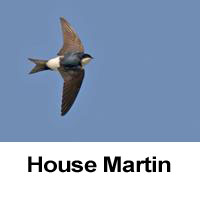
Kinghorn Loch again was favoured with many swallows feeding over the loch along with sand martin and a few house martins on the 27th of April. Sand martins have bred in the quarry in recent years, but this may not happen this year as it is now back in use.
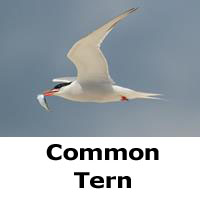
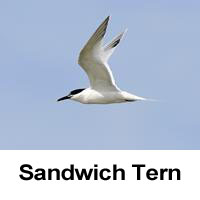
Some common tern were back checking out the wooden pier in Inverkeithing Inner Bay on the 3rd of May. They bred there last year and there should be more of them in the next few days so keep an eye out for them if you are on the coastal path near Cruickness Point Last year there were no nesting terns on the Guvy pier but maybe this year they will have some success there. Sandwich tern arrive a little earlier than the common variety and the first local sighting I had was of 2 from the coastal path on the 24th of April. These birds occasionally breed with the common terns on Long Craig, but are mainly seen in the Estuary on their way north or during late summer when returning from their breeding sites further up the coast.
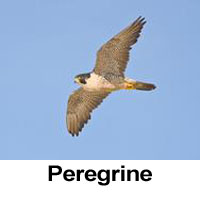
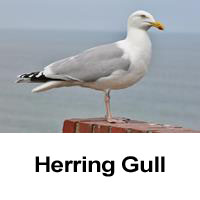

I have had several sightings of some of the less common birds around the village. I saw a peregrine falcon over the quarry on the 17th March chasing a raven away and one doing the same to a herring gull on the 8th of May.


I spotted a sparrowhawk near Northcliff on the 9th of February and one was hunting along the unofficial coastal path between Jamestown and the mouth of the Keithing burn on the 29th of April. Another unusual sighting was a male goosander at this latter spot on the same day.

A couple of mute swans were also in West Bay at the beginning of February.

Eider chicks will also soon be appearing in West Bay and around the coast in general and the resident song birds have probably all sorted out their territorial disputes and many will be incubating eggs.


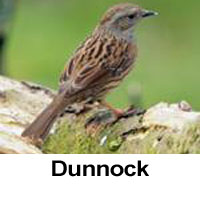
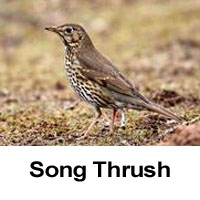
The Brae has been echoing to the songs of robins, wrens, dunnock, song thrushes and blackbirds . . .

. . . and from the food collecting of the male blackbirds there are now hungry chicks to feed.
The eider chicks feed on quite different food to the song birds I’ve just mentioned but the different food chains just emphasise the vital relationships between the species in the living world on our doorsteps. We, as a species, must do better by acknowledging this and give other species space to thrive. The food chains in the natural world have evolved over countless years and we interfere with them at our peril.
top of page
John Done
top of page
